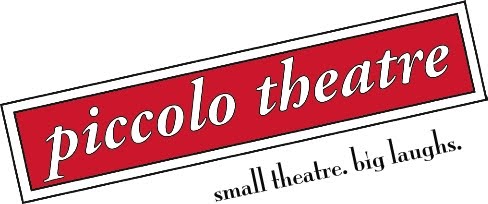Smeraldina!
Truffaldino (Arlecchino) has met his match in this high-spirited female servant (Servetta)! She occupies a special place among the Commedia characters, being one of the highest-ranking of them all. Often the only functional intellect on the stage, Smeraldina assists her mistress (the innamorata) to gain the affections of her lover, often while simultaneously managing the whereabouts and moods of the innamorato AND managing the advances of her employer, Pantalone. She may be a flirtatious and impudent character, indeed a soubrette, but unlike any of the other servants, she never loses her keen judgment. Smeraldina is what the Innamorata is not: free, insolent, not slave of love bonds. She is sometimes brilliant, vain always, a chatter-bug and gossiper, and always prone to intrigue at somebody else's expenses.
Carlo Goldoni uses the Colombina character quite a bit in his plays, clearly enjoying her simply wisdom and non-nonsense approach to life, truth and love. (She also is lucky to marry Truffaldino at the end of Servant of Two Masters!) Although Columbina became the most widely-used name for this Servetta, other names under which the same character is played in Commedia performances include: Franceschina, Smeraldina, Columbina, Mirandolina, Spinetta, Ricciolina, Corallina, and sometimes in disguise as Arlecchinetta (Harlequina).
- Smeraldina's costume is that of a high ranking servant. As she sometimes appears as a sort of Harlequin in female clothes, she may be costumed in a dress that is a patched duplicate of Harlequin's. She has also been known to wear heavy makeup around her eyes and carry a tambourine which she could use to fend off the amorous advances of Pantalone.
- Smeraldina is most usually without a mask, even though all other servants are masked.
- Smeraldina's light foot work matches that of the servants, with her weight shifting quickly and deftly between her two feet. She also usually has her hands on her hips, with wrists bent an fingers pointing behind her. They look almost like little wings, and aid her in her flirtatious ways.
Here is the delightful Vanessa Hughes, who plays Smeraldina in our production of "Servant of Two Masters".
As of this posting, only two performances of Servant of Two Masters remain, and only a handful of tickets are left. Be sure to see this amazing production before its gone for good!































